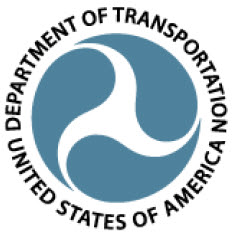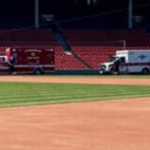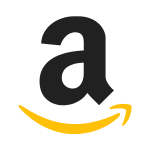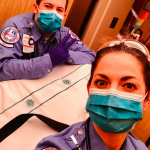CMS Ambulance Open Door Forum scheduled for Thursday, August 18
 |
| The next CMS Ambulance Open Door Forum scheduled for:
Date: Thursday, August 18, 2022 Start Time: 2:00pm-3:00pm PM Eastern Time (ET); Please dial-in at least 15 minutes before call start time. Conference Leaders: Jill Darling, Maria Durham **This Agenda is Subject to Change**
Chair- Maria Durham, Director, Division of Data Analysis and Market Based Pricing Moderator – Jill Darling (Office of Communications)
Slide presentation is available at: https://www.cms.gov/Center/ 2. CY 2023 Hospital Outpatient Prospective Payment System (OPPS) and Ambulatory Surgical Center (ASC) Payment System Proposed Rule: https://www.federalregister. Proposals Regarding Rural Emergency Hospitals Ambulance Services III. Open Q&A **DATE IS SUBJECT TO CHANGE** Next Ambulance Open Door Forum: TBA ODF email: AMBULANCEODF@cms.hhs.gov —————————— This Open Door Forum is open to everyone, but if you are a member of the Press, you may listen in but please refrain from asking questions during the Q & A portion of the call. If you have inquiries, please contact CMS at Press@cms.hhs.gov. Thank you. Open Door Participation Instructions: This call will be Conference Call Only. To participate by phone: Dial: 1-888-455-1397 & Reference Conference Passcode: 5109694 Persons participating by phone do not need to RSVP. TTY Communications Relay Services are available for the Hearing Impaired. For TTY services dial 7-1-1 or 1-800-855-2880. A Relay Communications Assistant will help. Instant Replay: 1- 866-469-7806; Conference Passcode: No Passcode needed Instant Replay is an audio recording of this call that can be accessed by dialing 1-866-469-7806 and entering the Conference Passcode beginning 1 hours after the call has ended. The recording is available until August 20, 2022, 11:59PM ET. For ODF schedule updates and E-Mailing List registration, visit our website at http://www.cms.gov/ Were you unable to attend the recent Ambulance ODF call? We encourage you to visit our CMS Podcasts and Transcript webpage where you can listen and view the most recent Ambulance ODF call. The audio and transcript will be posted to: https://www.cms.gov/Outreach- CMS provides free auxiliary aids and services including information in accessible formats. Click here for more information. This will point partners to our CMS.gov version of the “Accessibility & Nondiscrimination notice” page. Thank you. |












































































